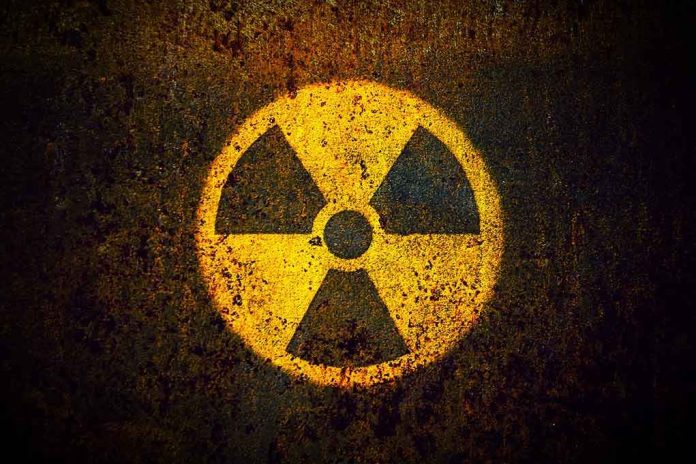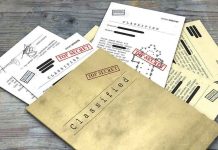
Imagine living your life under an invisible cloud of radioactive fallout, only to finally be told, 79 years later, that you might be owed compensation.
At a Glance
- New Mexico Downwinders are now eligible for federal compensation.
- The Trinity nuclear test in 1945 exposed thousands to radioactive fallout.
- Years of advocacy and scientific research led to this significant policy change.
- Compensation marks recognition of long-overlooked communities.
The Trinity Nuclear Test: A Blast from the Past
The Trinity nuclear test, conducted on July 16, 1945, was the world’s first nuclear explosion, setting off a chain reaction of scientific wonder and human woe. Planners believed the remote desert location near Socorro, New Mexico, would shield civilians from harm. However, radioactive fallout had other plans, drifting downwind and quietly settling over unsuspecting communities. The blast was a proof-of-concept for the bomb that later devastated Nagasaki, but it was also an unplanned experiment in environmental exposure.
As the years ticked by, residents in the vicinity—now known as the New Mexico Downwinders—began noticing elevated rates of cancer and other health issues. Despite these alarming anecdotes, comprehensive scientific studies were slow to catch up. While other nuclear test sites like Nevada and the Marshall Islands were scrutinized and compensated, New Mexico residents found themselves left in the fallout’s shadow.
Advocacy and Evidence: A Fight for Recognition
Decades of advocacy by affected communities and relentless advocacy groups, such as the Tularosa Basin Downwinders Consortium, finally brought the issue to the forefront. Tina Cordova and other leaders tirelessly campaigned for recognition and justice. Their persistence led to a groundbreaking 2020 study by the National Cancer Institute (NCI), which assessed the dose and risk for New Mexico residents.
The NCI study estimated that several hundred excess cancers—particularly thyroid cancer—might be linked to the Trinity test fallout. This scientific backing bolstered the Downwinders’ claims, adding weight to their already heavy stories of loss and suffering. With new evidence in hand, political and public support began to shift, paving the way for the long-awaited policy change.
A Moment of Justice: Compensation for Downwinders
In July 2024, the U.S. federal government announced that New Mexico Downwinders are now eligible for compensation. This decision marks a significant policy shift, acknowledging the decades of exclusion faced by these communities. Advocacy groups and affected families welcomed the decision, viewing it as a long-overdue recognition of their plight.
Federal agencies are now preparing to process claims from New Mexico residents, with outreach efforts underway to inform eligible individuals and families. This compensation is not just financial relief; it is a validation of the lived experiences of those who have suffered in silence for far too long. The program’s early stages are a step towards healing and justice for these communities.
Looking Forward: Implications and Impact
In the short term, eligible individuals and families will receive financial compensation and potentially health care support. This recognition may improve health monitoring and encourage further research into the long-term effects of nuclear fallout. For many, this is an opportunity to alleviate some of the financial burdens associated with medical care.
The decision also sets a precedent for other communities seeking recognition and compensation for environmental health harms. It highlights the importance of environmental justice and the need for ongoing scrutiny of nuclear testing practices. As we move forward, the lessons learned from the Trinity test will continue to shape policy and public health discussions.
Sources:
National Cancer Institute (NCI) studies and summaries
Downwinders advocacy organizations
Peer-reviewed scientific assessments
Historical records from the Manhattan Project





